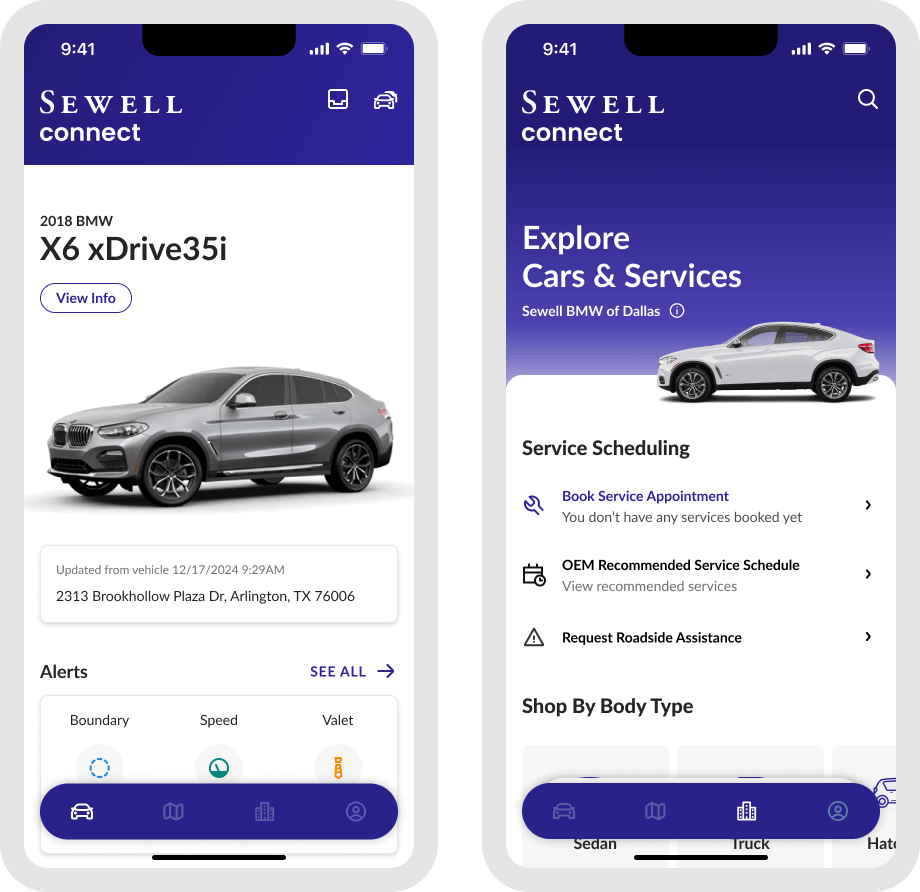
Leading Product and Design at Ikon Technologies
Overview
I joined Ikon Technologies as the sole designer during a rebuilding phase, tasked with modernizing outdated products. As Director of Product Design, I established the design practice, strategy, design system, and processes. Once ready, I hired and mentored two junior designers to shape our core new products—a deeply fulfilling experience.
I also referred a former colleague as Director of Product Management, whose expertise helped us build a strong team of four product managers and two scrum masters together. After she moved on, I took on the challenge of leading both design and product teams, leveraging my ability to bridge the two disciplines. With a capable team in place, I felt confident in driving progress and had the right team behind me to rely on.
Design Leadership
Design Practice
Have you ever looked at a product and thought, what were they thinking?! Ikon’s existing products had those moments at every turn. It was clear that design, as we understand it today, had not been part of their development. My first priority was to make design a core part of the company's process.
Fortunately, in my experience, this idea typically meets little resistance from key stakeholders. I outlined the role of the design organization, explaining the type of work we do and the results they could expect from us.
Design Strategy
Once design became a core part of development, I created a clear strategy focused on understanding user needs, aligning solutions with business goals, and ensuring scalability. It emphasized consistent design patterns, clear workflows, and collaboration.
- Research: We tapped into internal industry experts for quick insights and reached out to dealer customers for frontline feedback when needed.
- Business Goals: Our value proposition was driving business back to dealers after a sale. Balancing dealer and customer value in our consumer experiences required navigating tough tradeoffs.
- Scalability: Ikon's products lacked scalability in both UX and technology. The disconnected experience and technical bottlenecks hindered growth. Our design decisions took a holistic approach, aligning with future goals and working closely with engineering to ensure performant, scalable solutions.
Design Process
I developed and established a comprehensive design process to ensure a seamless and efficient workflow from idea generation to final implementation. This included conducting thorough research, generating and vetting ideas, UX planning, ideation, UI design, validation of concepts, iterative design reviews and critiques, assisting with user stories, grooming for development, and conducting rigorous design QA. Each step was meant to be flexible but ensure effective output.
Designer Leveling
I adapted designer leveling systems from around the industry to fit our team and business. Unfortunately, I wasn't able to implement this at an HR level but it provided the team with an understanding of their expectations and how they could improve and gave me a basis that I could provide feedback on.
Product Leadership
Approach
Although I’ve spent my entire career bridging the gap between design and product, stepping into a leadership role for a product management team still felt daunting. My strengths and comfort zone were firmly rooted in design, and I had never served as a product manager or scrum master, or had been directly accountable for the responsibilities tied to those roles. Recognizing this, I embraced servant leadership to guide that team, focusing on supporting and empowering them, rather than adopting the hands-on mentoring approach that the design team benefited from.
Servant Leadership
Instead of trying to be an expert in every role, I focused on providing direction, allocating resources, removing obstacles, and empowering the team to make decisions—only stepping in if timelines or quality were at risk. Early on, I noticed the product teams were working in silos with limited communication and a disconnect between the technical architecture and their understanding.
To address the silos, I identified dependencies and facilitated communication, instituting weekly cross-team meetings for updates and issue resolution. For the architecture gap, I collaborated with my engineering counterpart to deepen my understanding, created clear diagrams, and shared insights to align the team.
Release and Migration Strategy
At Ikon Technologies, I worked with teams across the company to plan the initial product release and a migration strategy for existing customers, documenting tasks, timelines, and responsibilities in Confluence.
Our release strategy involved piloting the product with one or two new customers, offering discounts during a one-month test period to gather feedback and make improvements before scaling to all new customers in the following months.
For the 400 existing dealership customers, I developed a migration strategy with the account management team, detailing communication plans, minimizing downtime, and identifying data migration needs.
Other Successes
- Planned, designed, and oversaw the construction and move-in of a new corporate office
- Filled the role of process engineering for the company
- Worked with, vetted, and implemented multiple third party solutions from companies like Salesforce, Hubspot, Zoho, Netsuite, and more
- Reported on product updates to key stakeholders and the board
Reflection
Learnings
Leading a young design team required me to focus on their growth, tailoring guidance to each designer’s unique strengths and challenges. I balanced hands-on mentorship with giving them space to develop, building their confidence, fostering collaboration, and sharing insights to help them grow as professionals.
Stepping in to lead the product team, an area outside my expertise, was a transformative learning experience. I embraced servant leadership, empowering the team and providing support while trusting their expertise. This role taught me to ask the right questions, prioritize clear communication, and make strategic decisions amidst ambiguity, all while building bridges across departments.
What I Would do Different
I successfully established design as a core tenet of the company, but when I was promoted to lead both design and product, my focus on the design team’s growth became limited. While I was proud of the progress they made during our year together, I would have valued more time to continue mentoring them after the transition.
In stepping into product leadership, I adapted quickly and supported the team, but there were areas I could have improved. While relying on the team’s expertise is a valid approach, I sometimes leaned too heavily on them due to my lack of experience. In hindsight, investing more time upfront to understand their roles and balancing trust with a hands-on approach could have made the transition smoother and more impactful.
Projects at Ikon Technologies

Intelligent Lot Management


A vehicle management platform
for the everyday driver.

Jordan Detota
Product Leadership and Design
817.247.1186
Pages
Projects
Approach
More
About Me
Experience
Connect
Toolbox
Reading Rangers
LETRS
Photography
Office Design
COPYRIGHT 2025 JORDAN DETOTA
